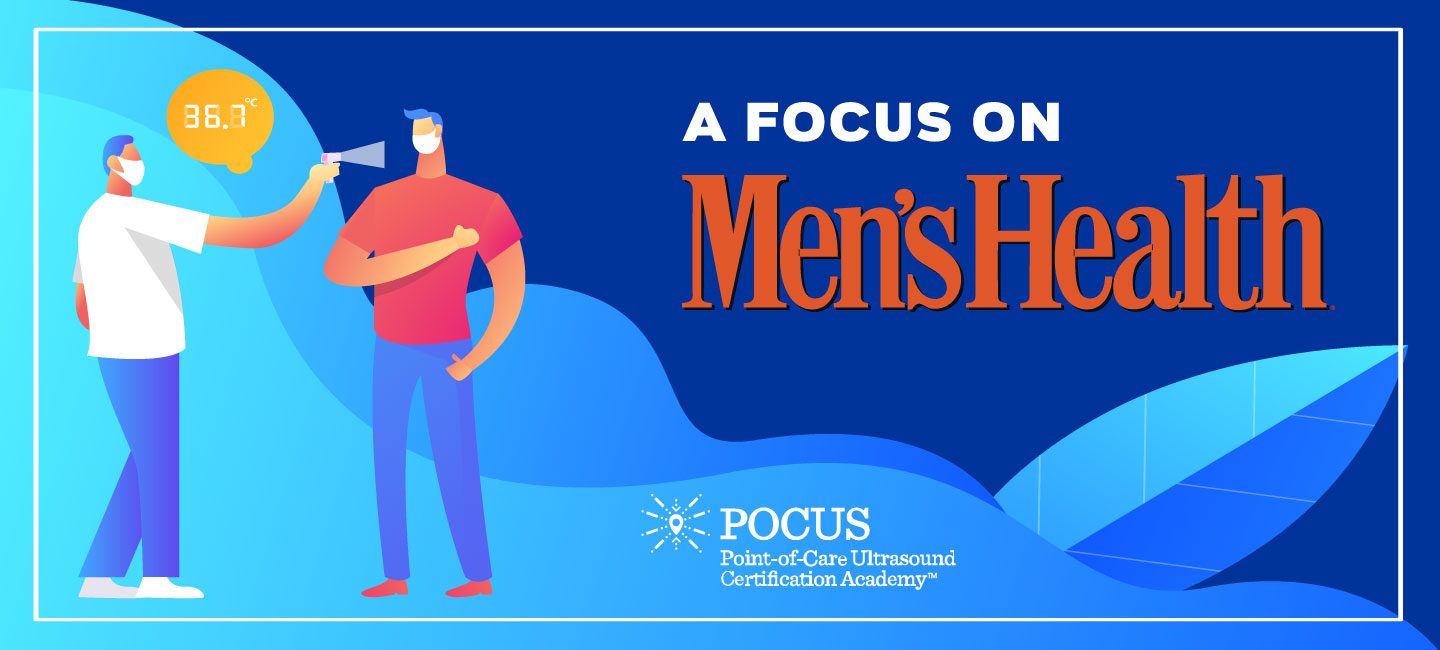Men’s Health
The average American male lives “sicker and dies younger than American women,” Dr. David Gremillion of Men’s Health Network states. The Center for Disease Control (CDC) reports that women only lived a year longer than men in the 1920’s. Today, however, the average female experiences five additional years of life compared to males. Many factors have contributed to this current condition, but a significant cause stems from a lack of awareness.
Men are less likely than women to keep up with routine health screenings, and the global macho or machismo mentality also has lent to creating a stigma around asking for help. Unfortunately, the impact on men’s health isn’t a U.S. issue alone. Worldwide, men suffer in silence without knowing they are even doing so.

International Men’s Health Week
To reverse this universal trajectory, in 2002, the Men’s Health Network gathered six representatives from leading men’s health organizations around the world to meet at the 2nd World Congress on Men’s Health in Vienna, Austria. The outcome of this meeting was the launch of International Men’s Health Week (IMHW). This initiative aims to increase awareness of male wellness issues and encourage institutions across the globe “to develop health policies and services that meet the specific needs of men, boys, and their families.”
IMHW is celebrated annually during the week ending on Father’s Day. This year’s celebrations and awareness begin June 14th and run through June 20th. On the Friday of this special week, Men’s Health Network encourages supporters of male health to participate in its Wear BLUE® awareness campaign. Together, patrons dress in and #ShowUsYourBlue on social media to awaken consciousness about the importance of men’s well-being and encourage them to live full, longer, and healthier lives.
A Significant Health Risk
One area of concern heavily focused on during IMHW is prostate health. It is reported that over 30 million men suffer from various prostate conditions. From prostatitis to prostate cancer, more than 50% of men in their 60’s will experience symptoms caused by prostate ailments. Yearly about 220,000 men are diagnosed with prostate cancer, resulting in 30,000 deaths. During IMHW, the message about awareness, screening, and monitoring conditions like those related to the prostate is widely spread to empower male’s vitality.
The U.S. Preventive Services Task Force (USPSTF) comprises doctors and disease experts who conduct and review research to discover how best to prevent diseases. Additionally, they provide recommendations on how doctors can help patients avoid diseases or find them early. According to the CDC, the group advised men, 55 to 69, to make the individual decision about being screened for prostate cancer. The purpose is to find cancers early that are at high risk for spreading if not treated. Since most prostate cancers grow slowly or not at all, the USPSTF suggests discussing and making this decision with primary care physicians first.
All screening aims to look for illnesses before it causes symptoms or creates an irreversible impact on the body. When it comes to screening for prostate cancer or other prostate infirmities, no standard test has been defined, and there are several options to select from when conducting the procedure. Point-of-care ultrasound (POCUS) is, however, a modality used to assess prostate conditions.
For the patient, ultrasound is both safe and painless. Prostate ultrasound, or transrectal ultrasound, produces images of a male’s prostate gland and the surrounding tissue. The exam requires the insertion of the POCUS probe into the rectum of the patient. The probe sends and receives sound waves through the rectum wall into the prostate gland situated right in front of the rectum. Since POCUS provides real-time images, it’s also a guide during procedures such as needle biopsies, where a needle obtains sample cells from an abnormal area in the prostate gland for laboratory testing.
Closing the Gap
This kind of screening is just one of the many ways to help shorten the health gap. So let’s use this week to educate the men and boys in our sphere of influence about the different steps they can take to live well and feel well.
Join in on this annual awareness period designed to heighten the awareness of preventable health problems and promote early detection and treatment of disease among men and boys. Use this opportunity to encourage regular self-exams and screening.
Don’t forget to #ShowUsYourBlue!
If you are interested in joining us on the journey to create change, visit our website to learn more about our Global Point-of-Care Ultrasound (POCUS) Principles Certification opportunity.





















